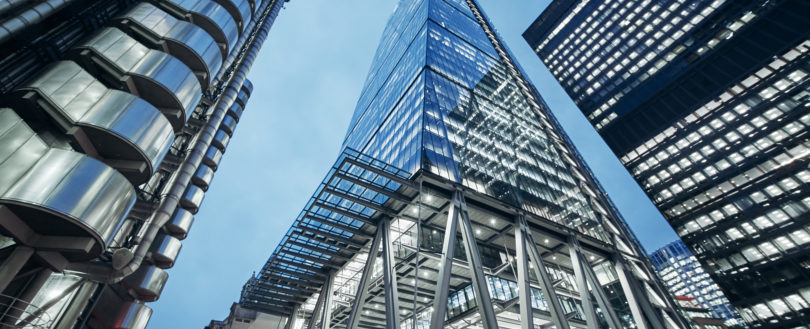- Homepage
- News
- Blogs & Articles
- Change in Building Regulations could cost millions if not followed

Change in Building Regulations could cost millions if not followed
Like it? Share it!
29 March 2019 by Guest Blogger,

Today's Guest blogger is Jon Pagan, Director of Fire
Safety Engineering, International Fire Consultants
Ltd (an FIA Member Company),
and Chairman of the FIA’s Fire Engineering Council
New legislation has put stricter rules on the materials that buildings can be made of.
Due to concerns surrounding fire protection following the Grenfell Tower incident, where 72 people lost their lives, and hundreds more were injured, when the external wall of the tower engulfed the building in flames, the new legislation applies to all external walls.
The Building (Amendment) Regulations came into force in December 2018, placing restrictions on the combustibility of materials contained within the external walls of “relevant buildings” in England.
“Relevant buildings” include residential and institutional buildings that are more than 18m high, for example hospitals, care homes, boarding schools and residential buildings.
Under the new regulations, all external walls and balconies must only use materials that comply with specified tests for combustibility (Euro Class A2-s1,d0 or A1). Those are strict criteria and in practice, any materials that contain significant amounts of wood or plastic will not comply.
The new regulations apply to ALL materials contained within, or that pass through that wall. This includes materials such as insulation and cladding, but also includes ducts, pipes and anything else within the wall. There is a list of excluded items, but any materials which are not on that list will need to comply. There is no generic exclusion for materials that are only used in small quantities. For example, adhesive is not included in the list of excluded items, but “seals” are. So if adhesives are used as a “seal” then they are allowed, but if they are only being used to fix something in place, they may be banned.
The new regulations are prescriptive (rather than functional) which means that strict compliance is necessary. As a result, if a non-compliant material has been accidentally used it will have to be entirely removed from the external wall of the building, even if it means destroying the external walls of the building and rebuilding entirely.
Therefore, compliance with the new regulations is vital, since a failure to comply (whether intentionally or not) could cause weeks or months of delay. For large projects the costs could run into hundreds of thousands or even millions.
The industry will have to adapt to address these risks. One option would be to create a register of all materials used in the external walls. This register must be monitored by a competent Fire Engineer to ensure that only compliant materials are included.
For further help and guidance, the FIA has produced a guide to help those in the industry navigate the new regulations called ‘Guidance For The Building Amendment Regulations’. This is available to download from the FIA website free of charge – simply visit the ‘Resources’ section of the website and search the Publications Library.
TAGS
Related posts
-
Gateways 2 and 3 - What will be the impact on fire safety engineers?
08 January 2024
By Jon Pagan, Head of Technical at Kiwa Fire Safety Compliance & FIA Fire Engineering Council Chair
-
Fireside Chat with Hanif Ghodawala, Business Development Manager for Advanced Emergency Lighting Division
01 August 2023
By Kirsty Lavell, Marketing Manager
Related news
-
Serviced Apartments: An Emerging Fire Safety Risk
17 December 2025
-
Concerns Mount Over Safety of Large Panel System Tower Block
21 January 2025
